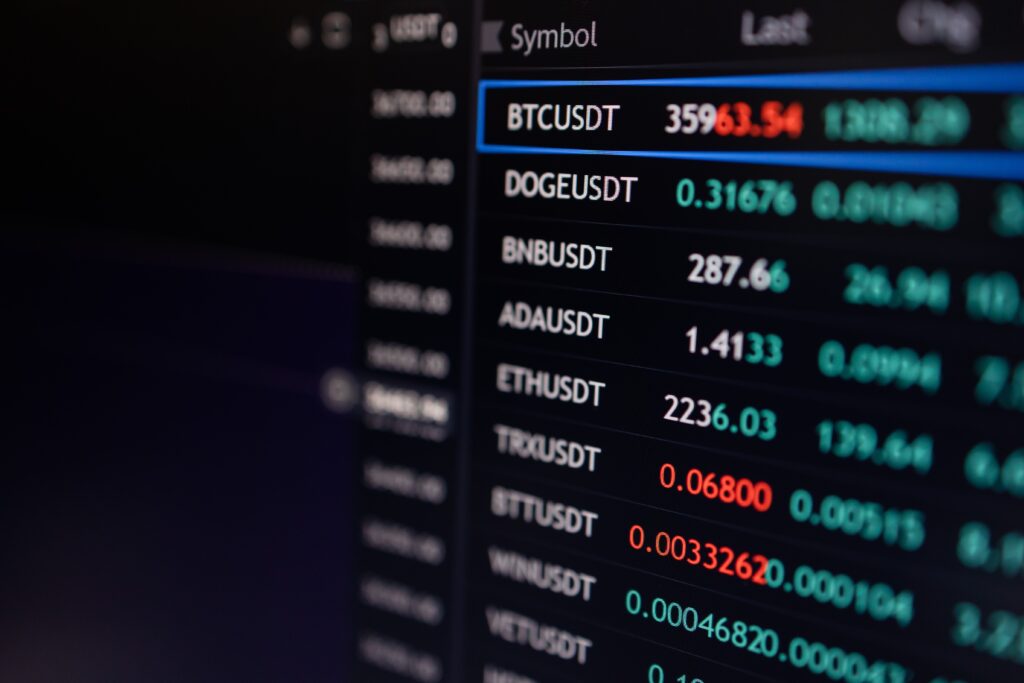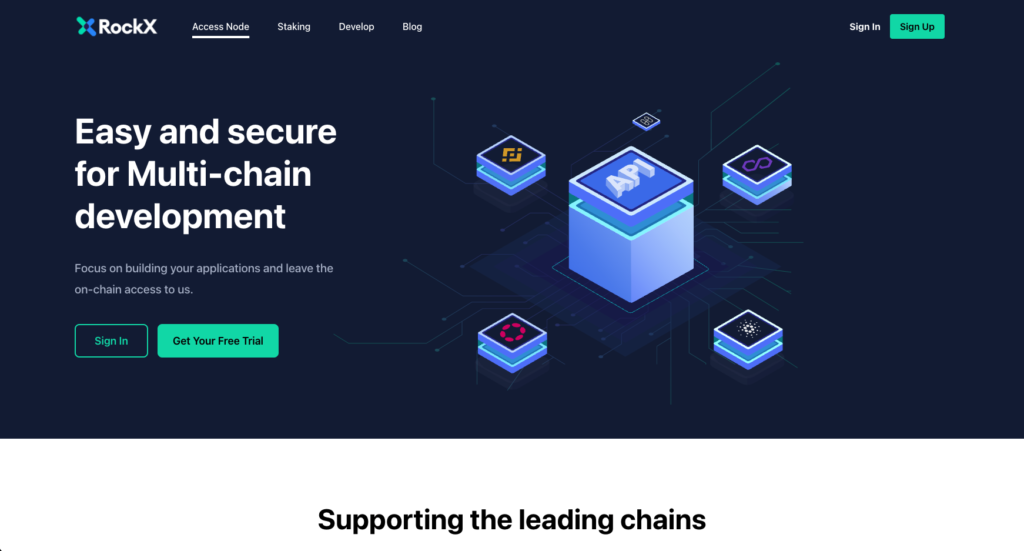If you are in the cryptocurrency space, chances are that you have come across terms such as on-chain data, on-chain transactions, on-chain metrics, and on-chain analytics. This is especially true in the wake of FTX collapse as blockchain sleuths uncovered all the bad and ugly truths of this multi-billion dollar debacle.
Thanks to the transparency of every blockchain network, all the transaction history of a network is accessible to the general public.
Understanding on-chain data or on-chain analytics can get a little complicated for those just starting to get their head around this emerging technology.
While it is still a new and emerging technology, the vast amount of public data available for crypto assets makes on-chain data especially exciting and informative.
What is On-Chain Data?

A blockchain is a growing list of records called blocks linked using cryptography. Each block contains a cryptographic hash of the previous block, transaction data, and a timestamp.
Once recorded, the data in any given block cannot be altered retroactively without the alteration of all subsequent blocks, which requires the collusion of the network majority. And the data that is stored on a blockchain is on-chain data.
The on-chain data can include all transactions that have ever been made on the blockchain — or, put another way, all of the information written into a block on the blockchain, as well as the current state of all accounts.
Moreover, on-chain data refers to, in essence, any publically accessible information about transactions that occurred on a given blockchain network. This data is public, which means anyone can access it. However, it is often difficult to interpret, as it is presented in a raw and unstructured form.
Uses for On-Chain Data

On-chain data comprises all of the data stored on a blockchain and can be used for various purposes. Most often, on-chain data helps track the activity of a blockchain, as well as provides transparency and accountability.
A common way to use this data is for price discovery. As such, by analysing on-chain data, you can better understand how market participants value a particular asset, which can help make investment decisions.
Another way to use on-chain data is to track the flow of funds. For example, one can use on-chain to track who owns which tokens, the largest holders, etc. It can be useful for both investors and businesses. For investors, it can help to identify potential investment opportunities. For businesses, it can help to track payments and understand where their money is going.
Besides automating certain processes or agreements between parties, one can use the on-chain data to create a permanent record of information that anyone can access without requiring permission.
Finally, using on-chain data, one can understand users’ behaviour on a particular network. This can be helpful for businesses in understanding how their customers are using their products or services. It can also be beneficial for developers to know how people use a particular blockchain.
1. Crypto Analytics
Quite naturally, on-chain data can also be used for analytics. If you are wondering what crypto analytics is, it is the process of using data to gain insights into the workings of the cryptocurrency market. On-chain data can be used to track the movements of funds, identify patterns and trends, and predict future price movements.
Similar to how fundamental equity analysis seeks to understand a firm’s true worth, on-chain analytics uses public blockchain data to evaluate the worth of the network. In short, one of the most prominent uses for on-chain analysis is using public transactional and wallet data to understand the value of a blockchain network, in contrast to speculative hype surrounding crypto assets.
Rather than analyse the balance sheet, cash flow, and profit statement, on-chain digital asset analysis provides all the relevant information, such as mining transactions and wallet data, for evaluation purposes.
2. Whale Watching
On-chain data provides a valuable source of information for crypto whale watching. By tracking the movements of large amounts of cryptocurrency, we can gain insights into the intentions and strategies of the people or entities behind them. This can help make investment decisions, as well as understand the overall health of the market.
By tracking the movements of large amounts of cryptocurrency in real-time, you can identify potential whales in the crypto space and their behaviour.
Looking up on-chain is the fastest and easiest way to monitor whales’ movements and understand how they are moving the markets. As for the use of on-chain data to track the market’s overall health, it can provide insights into the overall level of activity and investment.
3. DApp Development
DApps (decentralised applications) are built on top of blockchain platforms. They use on-chain data to function, be it a stablecoin, lending & borrowing, asset management, NFT marketplace, DEX, or any type of dApp. You need on-chain data to develop protocols and standards for the blockchain industry.
On-chain data provides a tamper-proof and transparent record of all transactions that have taken place on the blockchain, which is valuable for developing applications that require a high degree of trust, such as financial services.
Additionally, on-chain data can help create trustless smart contracts, automating complex processes and reducing the need for third-party intermediaries.
Do You Need On-Chain Data?

Overall, on-chain data usage is a very important factor when it comes to understanding the health of a network. By looking at the data, we can see how much activity is taking place on the network and identify any potential issues. Additionally, on-chain data can give us insights into its users’ behaviour and how they use the network.
As the prominence of the crypto-economy grows globally, analysing data on a network, even in basic ways, will be more and more beneficial. Blockchain analytics provides valuable insights about cryptocurrency networks and helps researchers better understand them.
In a world in which data is considered the new gold and blockchain is poised to revolutionise how (digital) value is stored and traded, the relevance of emerging practices of on-chain data cannot be stressed enough.

If you feel like you would like to access crypto on-chain data, RockX is currently running free trials for all access node APIs to all major proof-of-stake blockchains. Get up to 100k requests free daily on major chains such as Ethereum, Solana, Cronos, OKC, and more.









